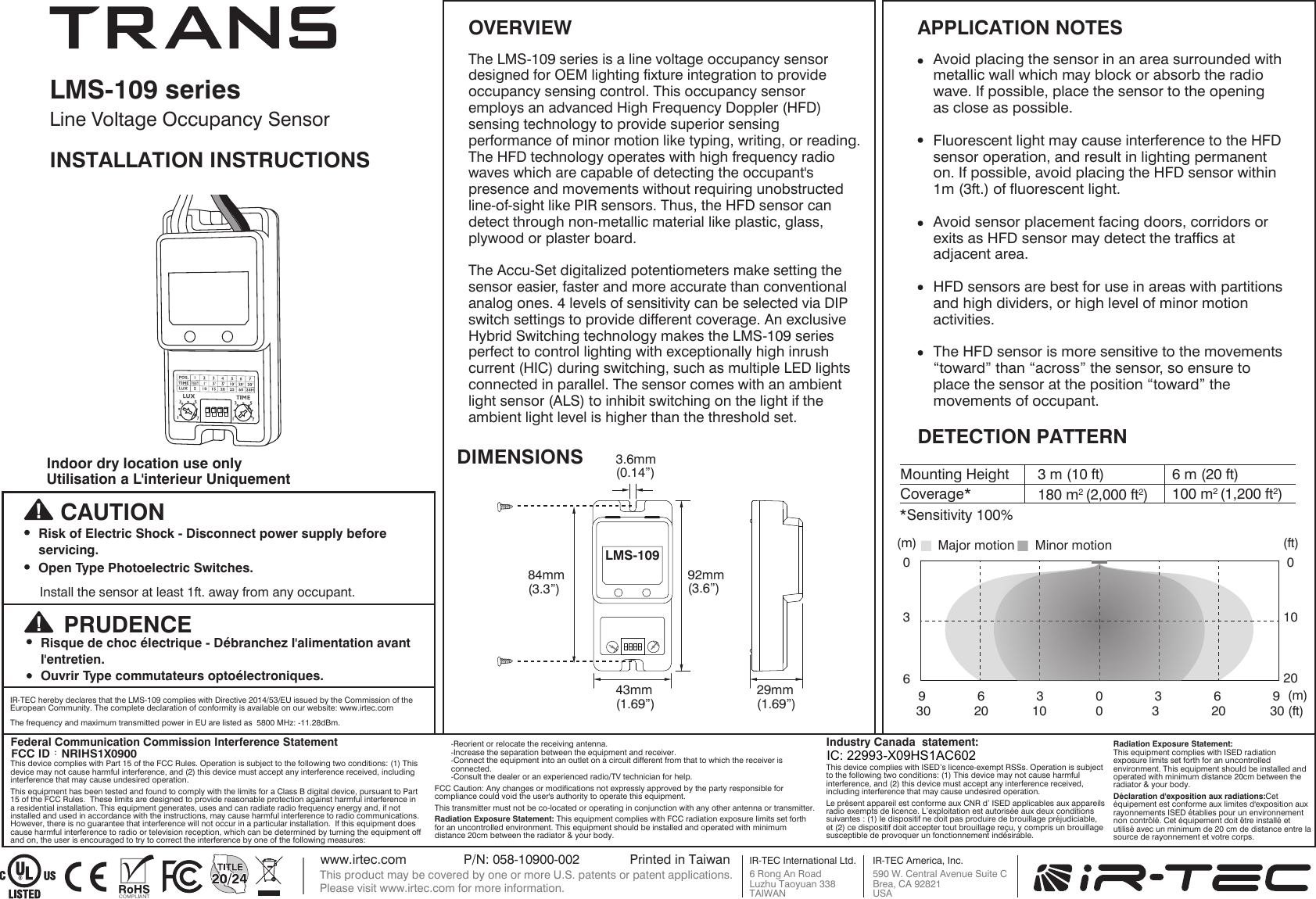IR TEC HS1X0900 TRANS-HFD User Manual 058 10900 002 IM EN LMS 109
IR-TEC International Ltd. TRANS-HFD 058 10900 002 IM EN LMS 109
IR TEC >
Contents
- 1. User Manual (LMD-109).pdf
- 2. User Manual (LMD-509).pdf
- 3. User Manual (LMS-109).pdf
User Manual (LMS-109).pdf

